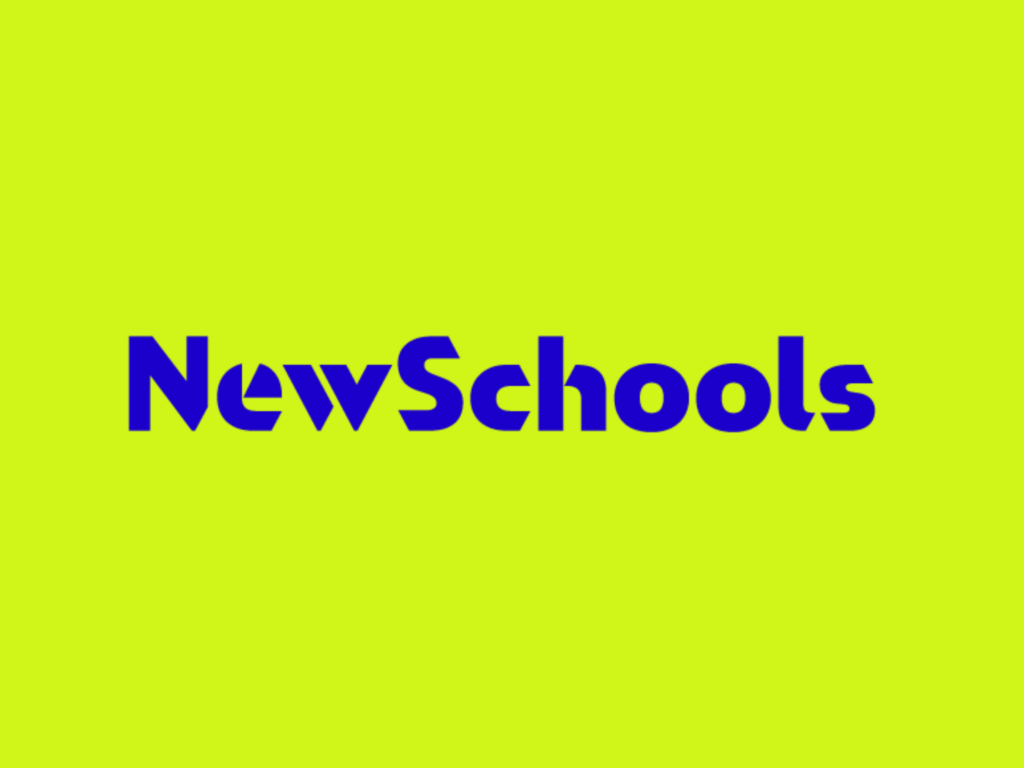The following post was originally published on EdSurge on August 14, 2017:
Remember the days when Farmer Eddie taught youngsters what the pig and cow says by pulling the See ‘n Say string? Edtech for early learners has come a long way since then, but our just-released compilation of research—what we call a Market Gap Snapshot—makes clear there is still a lot of room to expand and improve edtech solutions to address obstacles facing our youngest students.
Early learners—students in pre-kindergarten through second grade—have developmental needs that are markedly different from older students. These children can certainly benefit from edtech, but they must also have a supportive and age-appropriate environment that helps them develop meaningful interactions with teachers and parents. With an eye toward managing this delicate balance, NewSchools began exploring the promise and potential of edtech tools for early learners.
We recently announced the NewSchools Ignite Early Learning Challenge – Pre-K – 2nd Grade, which is informed by research we conducted on early childhood education, and which is supported in part by Omidyar Network. Our initial research revealed a number of interesting findings:
- Only 40 percent of four-year-olds are enrolled in publicly funded preschool programs, which means many children enter kindergarten developmentally behind their peers in social-emotional and academic skills.
- Children’s learning experiences in pre-kindergarten through early elementary are shaped by many factors, including race and income; consequently, they often face school readiness gaps that could be addressed with technology solutions.
- Educators want to see more pre-K through early elementary alignment, specifically around academic, social-emotional, and executive function skills.
Before landing on an area of focus for an edtech funding challenge, we always begin by interviewing educators, researchers, edtech entrepreneurs, and other subject matter experts. They give us important insights on how we might approach the challenge focus area—their perspectives on what teachers and students need most and how technology might support learning.
We learned that while technology is less accessible in early childhood centers compared to K-12 settings, early childhood practitioners are quite comfortable using technology. In fact, 90 percent of respondents in a 2015 survey by digital solutions provider Teaching Strategies confirmed early childhood educators have access to technology in some capacity in the classroom and feel that they use it effectively; some 88 percent said they use it once a week, mainly for documentation and instructional purposes.
The early learning edtech market is still nascent, partly due to the fragmented nature of the early childhood market. Yet, it is exciting to hear from educators, thought leaders, and entrepreneurs about the various ways technology can play a part. Teachers we spoke with are using technology in a variety of ways:
- for professional development purposes; they are watching videos of high-quality instruction, recording classroom observations and receiving real-time feedback from coaches to seamlessly adjust their instruction.
- for student-facing learning; they are fueling creativity by building stories with audio and visual components, and supporting non-academic developments like social-emotional learning and executive functioning.
- as a classroom management tool, especially in observation and assessment documentation—allowing educators to spend more time focused on quality instruction.
In our conversations with educators, we also heard a strong call to be mindful when developing edtech tools for early learners—including being thoughtful about screen time and discouraging passive, non-interactive use of devices. There’s an opportunity to think differently about edtech for early learners and to connect edtech developers to the latest research and learning science on how children learn best with technology.
Rather than simply being a tool for students, we believe technology can also be a vital bridge for communication between teachers and parents. It can be used to not only communicate what is happening in the classroom, but also share best practices and activities that can be used at home to reinforce learnings in school. Edtech can provide rich content that parents can access together with their child; interactive features can engage the entire family. Technology also makes it easy for parents to provide communication back to the school and provide feedback based on their child’s performance in school and at home.
Information gleaned from our early learning research has been summarized in a new Market Gap Snapshot on Early Learning, which lives on our Ed Tech Research Portal. If you’ve not yet had a chance to check it out, we encourage you to visit. The portal contains a trove of information that we’ve learned over the past two years while conducting challenges in Science Learning, Middle & High School Math, English Language Learning, Special Education and now, Early Learning – Pre-K – 2nd Grade.
This challenge application will remain open through the end of the month, so if you or someone you know has an idea for an edtech tool for early learners, tell us about it! NewSchools is offering grants of $50,000 to $150,000; applications are due by August 31st and winners will be notified by October 16th.

